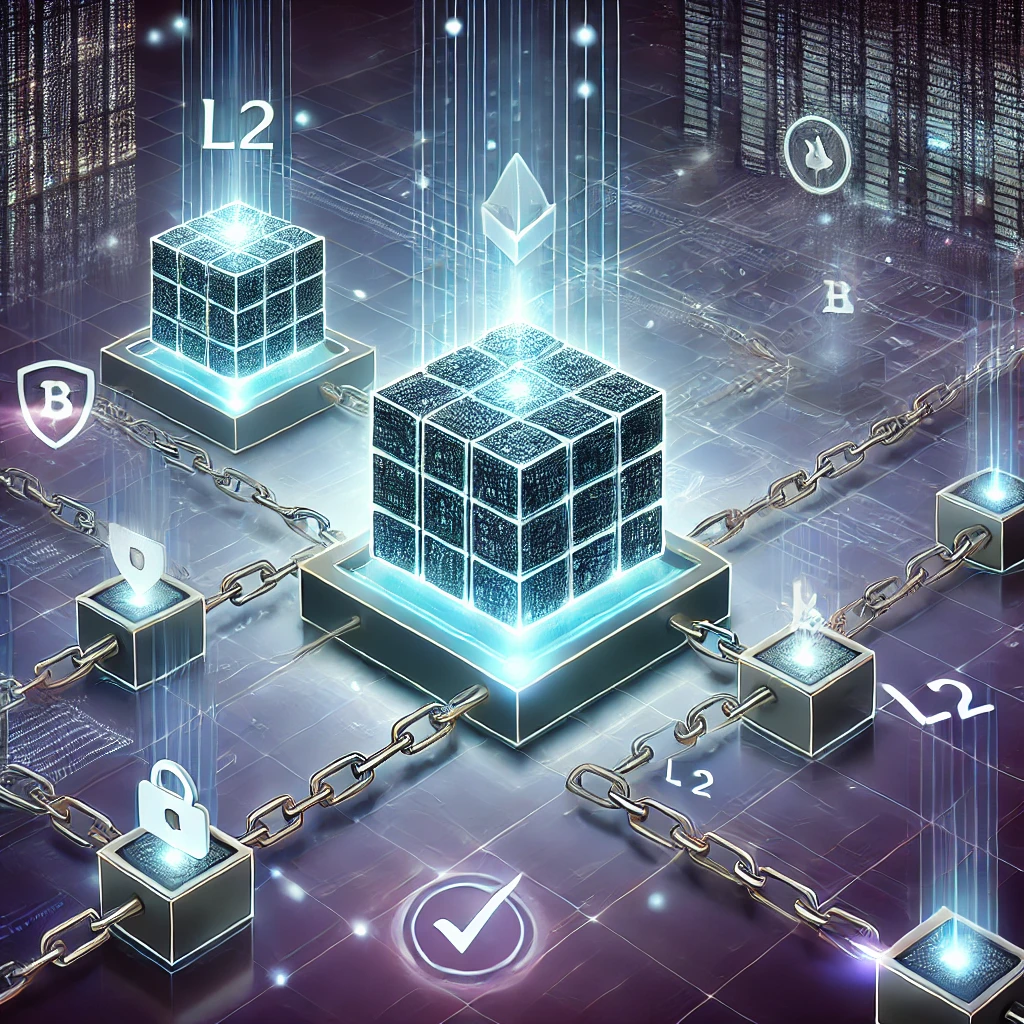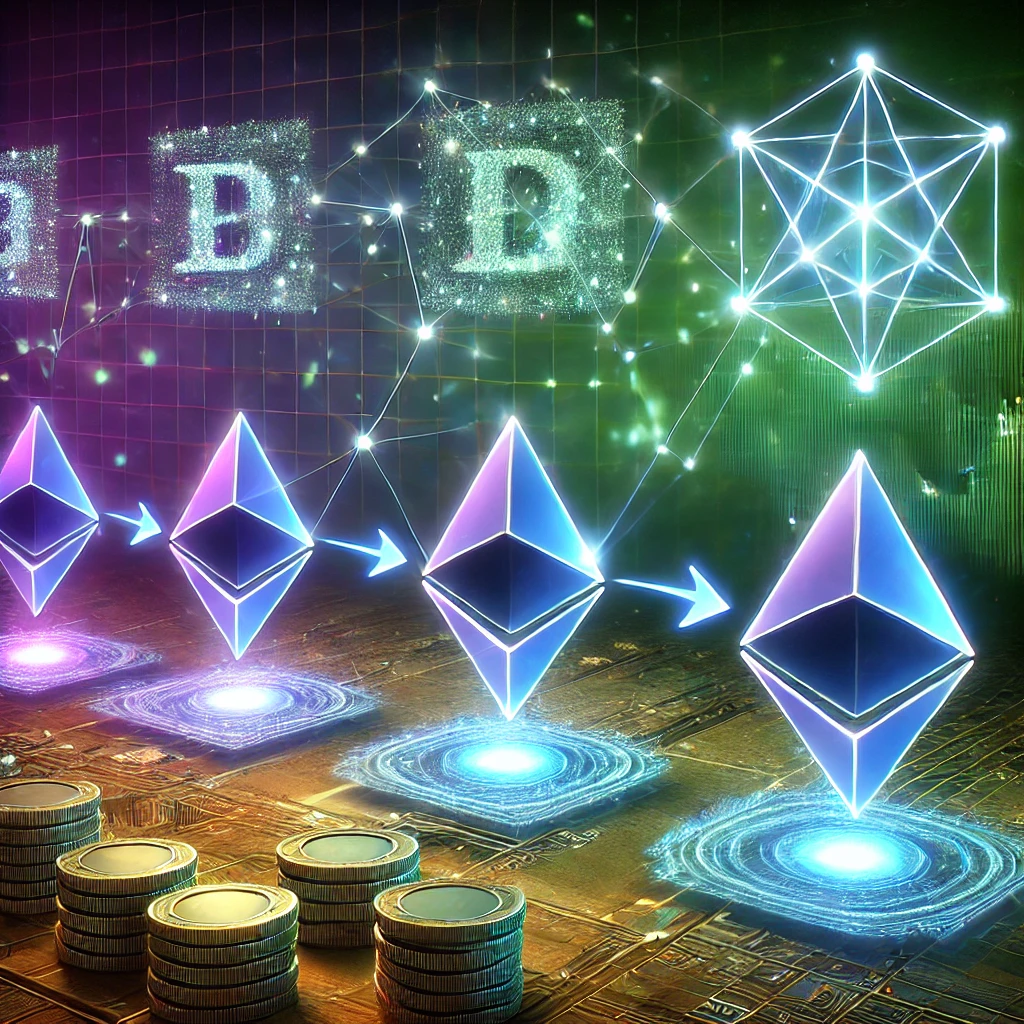
Recently, Ethereum co-founder Vitalik Buterin shared his insights on the verification of L2 transactions. His explanations help clarify how these transactions work within the Ethereum network, especially focusing on the verification of Layer 2 transactions in the context of the broader ecosystem.
Layer 2 Solutions and Their Significance
Layer 2 solutions greatly improve blockchain networks by operating alongside the Ethereum blockchain to manage transactions. Notably, the verification of L2 transactions plays a key role in ensuring these solutions are efficient. For instance, rollups and state channels speed up transactions and reduce costs while relying on the security of the Ethereum mainnet. In other words, layer 2 applications can significantly enhance processing capabilities, ensuring smoother Layer 2 transactions.
Issues Related to Verification and Buterin’s Insights
In his recent remarks, Buterin wrestles with arguably the most significant barrier to L2 solutions: how to validate transactions. Ensuring the validity and security of L2 transactions is crucial because they are performed off-chain, which presents a major challenge. Buterin further emphasized proper verification procedures to ensure a fair system and prevent cases of fraud on Ethereum. Proper verification of L2 transactions is essential for security and trust on the network, and it highlights the importance of Layer 2 technology.
He stressed that the process is complex and involves various checks, including cryptographic proofs and periodic mainnet checks. This approach enhances the efficiency and trustworthiness of the transactions by clearing them through L2. Verification of L2 transactions includes several types of checks, making the process reliable. This reinforces the robustness of layer 2 processes, ensuring secure transactions.
The Future of Layer 2 Verification
Buterin is optimistic about future improvements in verification methods, which are expected to boost the scalability and reliability of Layer 2 solutions. Experts believe that this development will relieve current constraints and expand the application of L2 technology, particularly through enhanced verification of L2 transactions. Future enhancements in layer 2 verification methods will likely address many current limitations, enhancing reliability.
Buterin’s observation highlights ongoing efforts to optimize verification methods and enhance Ethereum’s scalability and performance. The improved verification of L2 transactions will significantly support the growing needs of a decentralized environment. These advancements will be significant in the evolution of blockchain technology, supporting the growing needs of a decentralized environment. Undoubtedly, layer 2 solutions will play a crucial role in this evolution, with emphasis on layer 2 transactions.
Discover more from The African Crypto
Subscribe to get the latest posts sent to your email.








